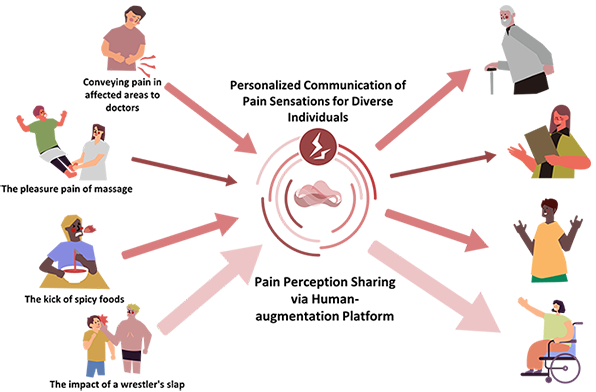NTT DOCOMO and PaMeLa have announced the development of a groundbreaking human-augmentation technology designed to share and communicate the perception of pain between individuals. The innovation aims to bridge the gap in understanding subjective pain by translating it into measurable, sharable experiences.
How the Technology Works
At the heart of the system is a combination of EEG brainwave analysis and actuation devices that detect and calibrate pain intensity based on individual sensitivity. Rather than merely recording a patient’s reported discomfort, the system converts it into a controlled stimulus that another person can physically perceive, scaled safely to match their tolerance.
Applications in Healthcare and Caregiving
The developers envision transformative uses across healthcare, caregiving, and rehabilitation. Physicians could directly experience a patient’s pain level, enabling more accurate diagnosis and treatment decisions. Nurses and family members could gain deeper empathy for patients with chronic or acute conditions, while therapists might better understand physical struggles during recovery.
Potential Beyond Medicine
Beyond clinical settings, the technology could contribute to mental health support and educational initiatives, helping caregivers and professionals grasp complex human experiences in a tangible way. By externalizing internal states, it opens new pathways for empathy-driven interactions.
Ethical Considerations
Experts caution that such intimate technologies raise important questions about consent, emotional burden, and personal boundaries. NTT DOCOMO and PaMeLa emphasize that safety is paramount, ensuring that no participant experiences harmful levels of pain during trials or demonstrations.
Human-Augmentation and the Future of Empathy
This collaboration reflects Japan’s broader push toward human-augmentation technologies that enhance communication and empathy by translating complex internal experiences into sharable data. If successful, “pain perception sharing” could redefine how society understands, manages, and responds to human suffering, marking a new frontier in both medicine and caregiving.

